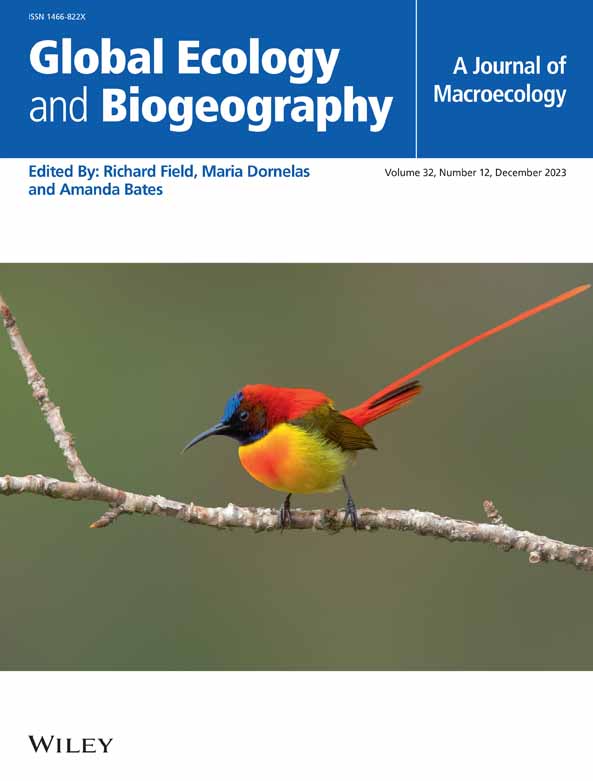Simulating and Analysing Seabird Flyways: An Approach Combining Least-Cost Path Modelling and Machine Learning
Abstract
Aim
We develop and test a cost framework to simulate the flyways of migratory seabirds, considering various environmental factors such as wind support, crosswind, travel distance, and food availability. Using this framework, we simulate potential migratory flyways for arctic terns and compare these simulations with tracking data. Our aim is to identify which combination of factors best explains the observed flyways. Ultimately, we seek to demonstrate how different environmental factors shape flyways.
Innovation
We simulated 195 possible seabird flyways using a newly developed cost function that takes into account a number of environmental variables. We focused on the Arctic Tern, a transhemispheric migrating seabird species. Our model accurately simulated most spring and autumn flyways across the Atlantic Ocean (median RMSE ± standard deviation for all five flyways: 529 ± 201 km). The most accurate simulations for Arctic Terns breeding on Svalbard were those for which wind support made up ~70% of the total cost, while the best simulations for the Dutch population were those for which distance minimisation was ~50% and food maximisation was ~30% of total costs. Finally, by analysing tracking data using a machine-learning algorithm factoring in both wind support and crosswind, we were able to determine airspeed and subsequently infer whether the observed flyways optimised time and/or effort.
Main Conclusions
This analysis showed that Arctic Terns breeding on Svalbard followed effort-optimising flyways, whereas those that breed in the Netherlands followed time-optimising flyways. Our simulation-to-observation approach demonstrates that Earth's environmental and physical properties likely underlie the global distribution of migratory birds and therefore need to be considered in studies that evaluate the long-range movement patterns and distribution of birds.


 求助内容:
求助内容: 应助结果提醒方式:
应助结果提醒方式:


